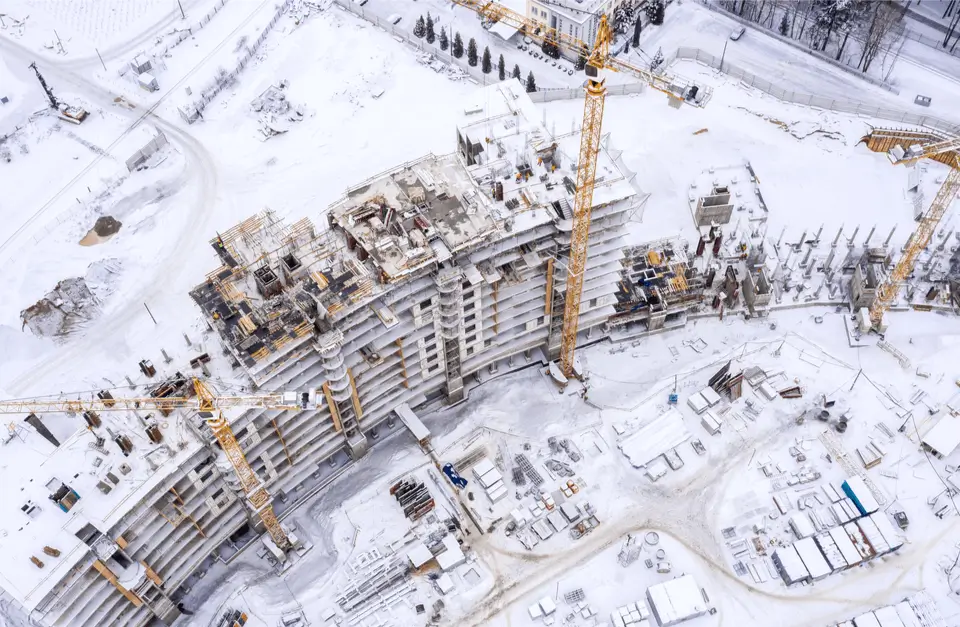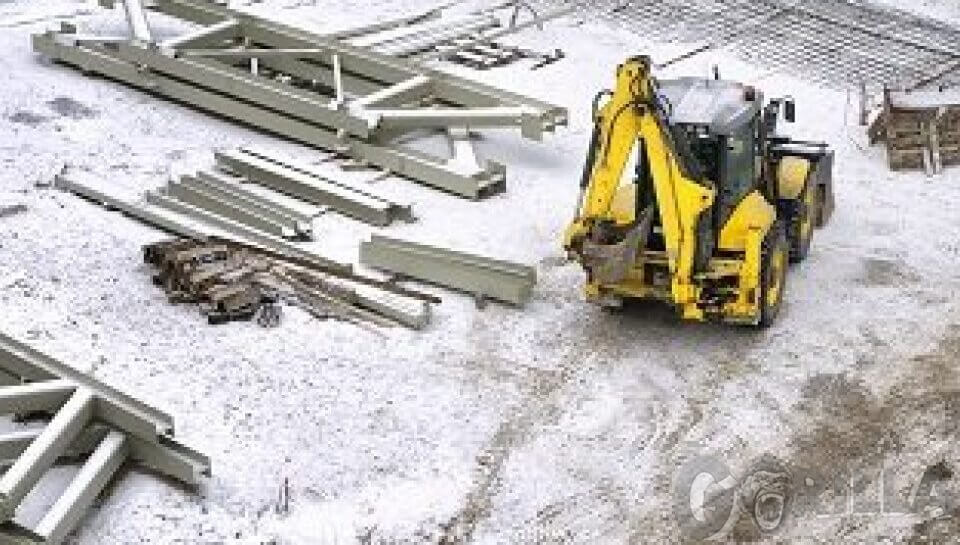
Hydraulic Hammer Winter Checklist
December 17, 2019
When Do I Need to Service My Hydraulic Breaker?
February 18, 2021Hydraulic breakers are essential pieces of heavy equipment used in excavation and demolition. As with all skid steer or excavator attachments, there are some do’s and don’ts that the operator should be aware of before using hydraulic breakers, also known as hydraulic hammers, holerams, or rock hammers. Let’s take a look at some of the most important do’s and don’ts to ensure you get the most out of your hydraulic breaker attachments!
Do’s
Do: Make sure your skid steer, mini-excavator, or excavator are flow tested:
The reason each hydraulic breaker company clearly publishes its required gallons per minute, working pressure, backpressure, and relief is because if your carrier
does not supply oil to your hydraulic hammer within those specifications, your warranty will not be honored, and your breaker will not last as long as it should.
Do: Perform daily visual inspections:
Due to the stress, vibration, and recoil that all hydraulic breakers and attachments are subjected to, every operator should be taught how to perform a daily visual inspection to make sure there is grease getting to the lower bushing and check for loose fasteners and leaking hoses before using the hydraulic hammer.
Do: Grease every two hours:
If nothing else, grease your hydraulic breaker every two hours. It keeps out dust, reduces heat at contact points, and avoids premature wear to the tool bushings. Lack of lubrication can also result in galling to the shank of the demolition tool and tool retainer wear and damage.
Don’ts
Don’t: Cycle your breaker longer than 20 seconds:
When using the hydraulic breaker and attachments, reposition your tool every 15 to 30 seconds-especially if you do not see the tool steadily moving through the material to be demolished. Keep the hydraulic breaker as perpendicularly as possible as you apply steady downward pressure from the skid steer or excavator to reduce recoil as you break through the demolition material.
Don’t: Break large pieces of material by starting in the middle:
This “sword in the stone” approach increases the breakout force required from the hydraulic hammer, stressing the breaker and overheating the demolition tool. By starting closer to the edges, the material has an area it can break towards, increasing production and decreasing stress on the breaker.
Don’t: Blank fire your hydraulic breaker:
Blank firing occurs when a hydraulic hammer is cycled but not firmly planted against the material, typically making a metal to metal “clinking” sound. This puts incredible stress on the tool, tool retainers, tool holder/chuck housing, and tie rods/side bolts. Operators must never fire the breaker in midair and should watch the tool’s progress through the material, releasing the trigger BEFORE it is all the way through the material.
Don’t: Use your hydraulic breaker in water
Hydraulic hammers cannot be used underwater without being attached to an air compressor under strict manufacturer’s guidelines. Doing so will result in catastrophic failure.
Most importantly, encourage your breaker operator to report safety or performance concerns immediately as it is always cheaper to fix it early than late. A conscientious operator is your best asset in protecting your hydraulic hammer.
Contact Gorilla Hammers
If you’re in need of a new or remanufactured hydraulic breaker, or wear parts, demolition tools, accessories, or other items for yours, Gorilla Hammers can help! We provide a wide variety of hydraulic breaker attachments, and you’re bound to find one that fits your needs. Give us a call today at 1-888-814-6745 to learn more about available attachments and pricing near you!




